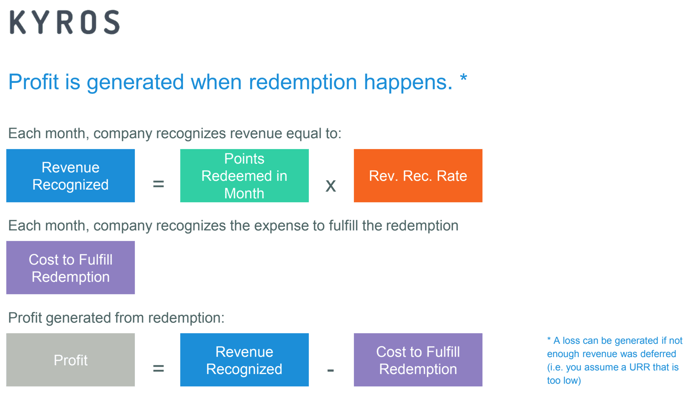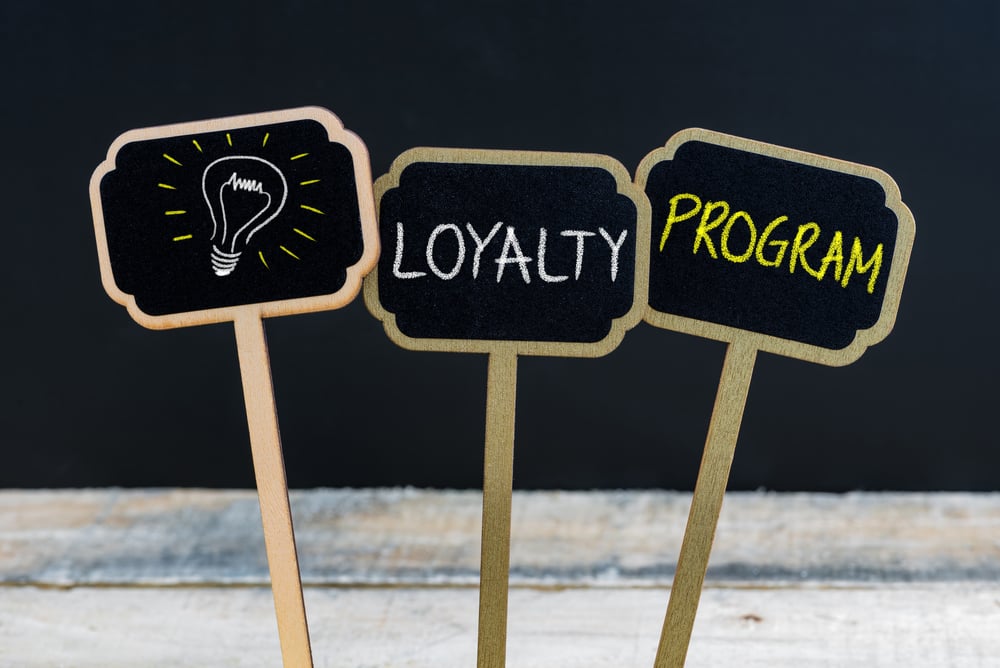Loyalty programs don't just benefit customers — they can be a powerful asset for marketers, too. A well crafted loyalty program increases customer retention and provides a wealth of valuable data about consumer preferences and habits.
At the same time, loyalty programs come with complex financial implications. You might be asking yourself: Is my program profitable? How many outstanding points will be redeemed? How do I even find out?
These questions revolve around the financial risk associated with loyalty programs — also known as loyalty program liability. Here are five essential loyalty program liability concepts every marketer should know:
1. Liabilities Can Have Huge Financial Impacts
Even the biggest loyalty programs had to start somewhere. Although your program might seem small now, it will eventually become a material item on your balance sheet as you scale up. At that point, your CFO and auditors might start asking some pointed financial questions — so you'll need to be prepared to answer them.
The good news is, if you're prepared to answer these questions, the finance department will have full confidence in the viability of your loyalty program. Going forward, you can leverage this support to keep investing in — and growing — your program.
2. Profits can be generated when redemption happens
From our previous video series, you might remember that when a member redeems their points, the deferred revenue from their original purchase is released and the expense from the fulfillment is applied. Therefore, a profit is generated so long as the revenue is greater than the cost to fulfill the redemption.

If the revenue recognized is not enough to cover the cost of fulfillment, then you could actually be recognizing a loss each time a point is redeemed. To ensure that you have enough deferred revenue to cover future redemptions, it's important to have accurate estimates underlying your program liability.
3. A growing liability is a good thing — if you have the right models
If you have responsive, accurate models supporting your liability estimates, then a growing liability signals that your members are engaged. To put it another way, a growing liability means your members are accumulating points with the intention of redeeming them — which encourages them to spend more money on your products and services in the long-run.
If you have unsophisticated models driving your liability estimate, your members could be earning points that they don't actually intend to redeem. This causes your liability to grow if your models aren't sophisticated enough to recognize the low likelihood of redemption. This signals two likely scenarios:
- Your breakage models are wrong and the liability on your books is overstated. This can lead to a variety of compliance and regulatory issues. This can be solved by using more sophisticated and accurate models for your breakage estimate.
- Your loyalty program members do not intend to redeem their points. This indicates a low level of engagement and suggests the program is not achieving its broader goals. Accurate breakage models can serve as an early warning sign for this scenario, since increasing breakage is a forward-looking predictor of decreased engagement.
4. A high URR is good (and how to prove that to finance)
At first, a high Ultimate Redemption Rate (URR) might not sound very exciting to the finance department. Their initial reaction is probably to balk at the increased expenses from more redemptions. As a marketer, it's your job to show them that a high URR is actually a good thing.
For a refresher on URR, check out our Intro to Accounting for Loyalty Programs video series.
First, you'll need to make sure you have an airtight model for URR; without this, your predictions don't hold any weight. With a solid URR in place, you can predict the expected future profit (EFP) from each member.
EFP is a prediction of true bottom line profit: it includes all of the expected future revenue from a member minus all of the costs associated with their membership (i.e. cost of goods sold, acquisition costs, marketing costs, and incurred redemption costs). EFP is crucial if you want to understand the true economic health of your loyalty program.
When you compare URR and EFP, you can demonstrate to finance that members with the highest URR — although most expensive in terms of redemption costs — are anywhere from five to ten times more profitable than members with a low URR. For the finance department, this means growing your URR leads to growing future profits.
5. Loyalty program liability is an asset
If you think about liability as an investment you're making in your members, then the loyalty program liability starts to look a whole lot more like an asset. Think about it this way: every dollar you put into the liability is an investment in your members. In turn, your members give you long-term, steady profit.
If you are strategic about these investments you're making in your members, you can easily increase the ROI of your loyalty program over time — pleasing both your customers and your finance department.
Want to learn more about how to leverage liability and take your loyalty program to the next level? Head over to KYROS Academy to watch our video series "5 Things Marketers Should Know About Liability".





